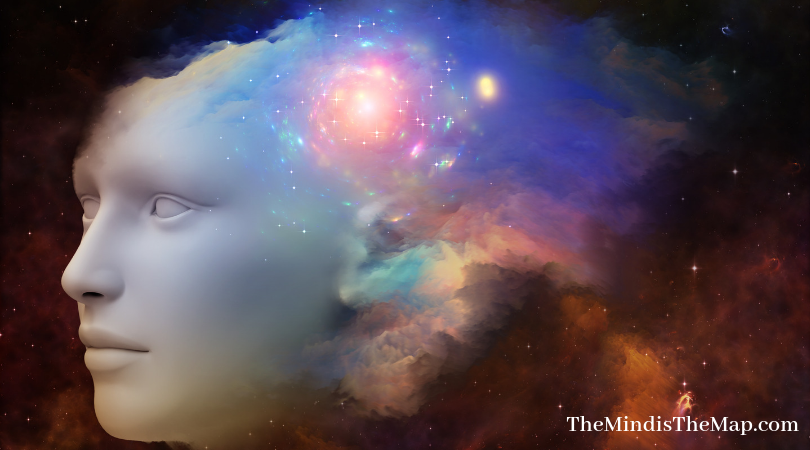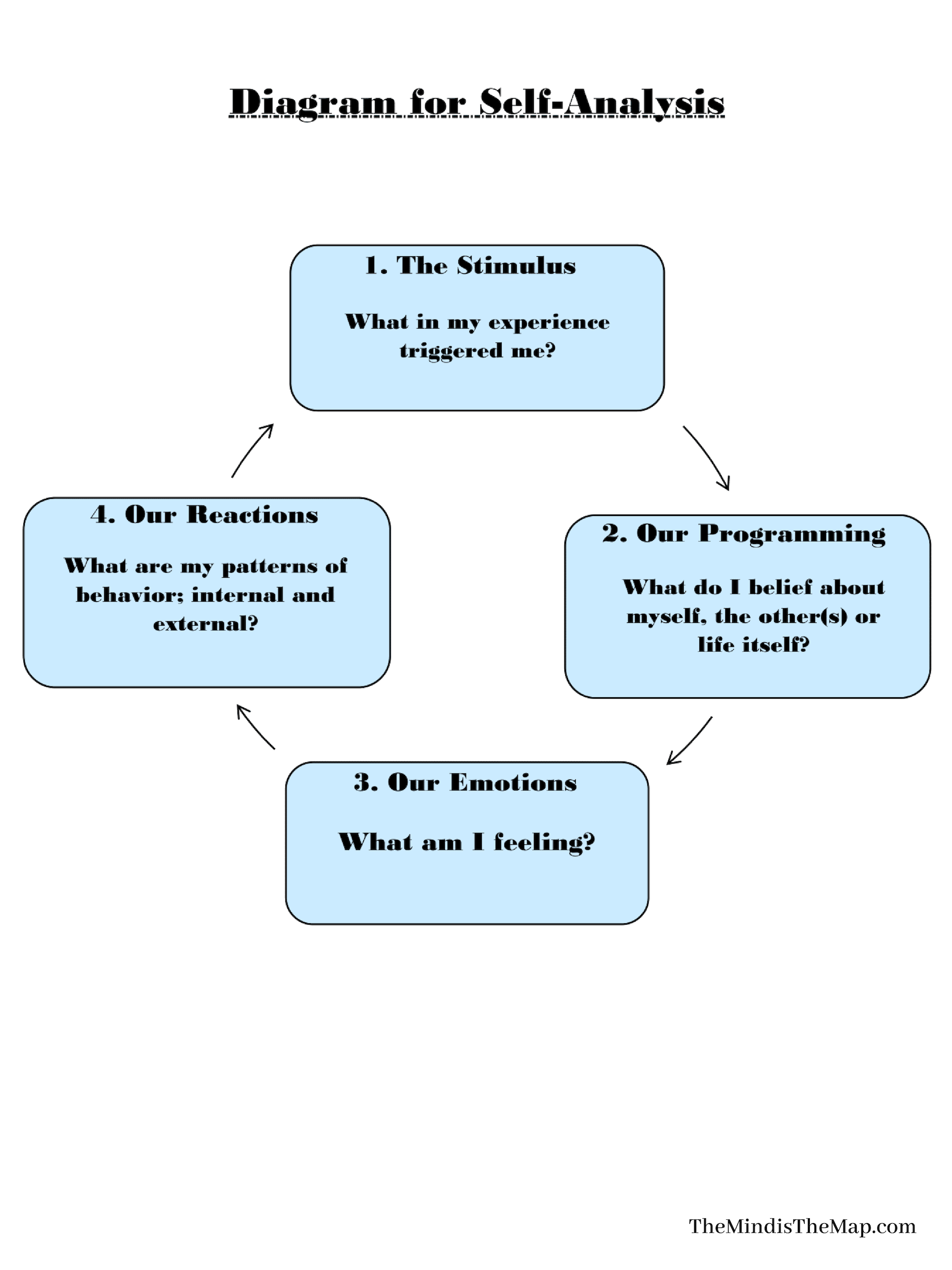How to Control Anger – 5 Steps to Master Your Emotions

Controlling anger is not an easy thing to do. For most people it takes years of counseling, therapy and meditation to master their emotions, and even then there are some that never quite overcome it. For those that do, they must first accept the fact that the forces that drive anger do not exist externally, but they come from within. Once they come to terms with this reality, it’s simply a matter of identifying which emotion and belief that is at the root, and reprogramming the mind to be able to effectively control these feelings of fear and anger. Here are 5 steps to do just that.
-
Step 1: It’s Not Them, It’s You – You’re in Control
This one’s a tough pill to swallow for most that have difficulty controlling over their emotions. Those who suffer with anger issues have a hard time accepting responsibility for their wrath, because usually it’s usually external stimuli that trigger this emotion. It’s helpful to remember that no one can make you feel anything. You are the only one in your mind.
Our feelings come from our thoughts and our thoughts are based upon our belief systems. This will take practice, sincerity, patience and perseverance. It is not always so easy to name the exact emotion one feels. It’s also important not to stop with the surface emotions such as anger, jealousy or hatred. These superficial emotions are always the result of deeper emotions, which are based on feelings of weakness, lack of self-acceptance or fear.
We usually do not feel angry unless we fear that we will lose something (i.e. some object or a relationship, or self-esteem, or the acceptance of others, or one’s security base etc.) or the fear that we will not be able to obtain something which is very important to us. Anger usually follows fear, a feeling of inability, depression, disappointment, hurt, or being ignored or ridiculed.
-
Step 2: Identify the Emotion that is Causing the Anger
The next step to controlling your anger is to observe your thoughts and feelings from the outside looking in. This is the hardest part for most. This is the part where you have to look deep within, and figure out what emotion is preceding the wrath. Remember that anger is just another emotion manifested. It’s a knee jerk response to fear and vulnerability.
So, in our analysis, we must go deep inside and ask, “Why does this thing bother me so much? Why is it so unacceptable to me? What do I fear that it causes me to feel anger, hate, jealousy or bitterness? Behind every aggressive type of emotion there is hiding a feeling of weakness, fear, inability or self-doubt.
-
Step 3: Identify the Trigger that is Causing the Emotion
After discovering the real emotions that we have, then we must try to identify the trigger which seems to be “causing” us to feel that way. This is NOT the external influence that is causing the anger, but the actual thought or event in our mind that is causing it. The stimulus may be something that has happened very recently or in the distance past. The memory of this event comes into the mind and passes though our programming, which interprets it as positive or negative, as pleasant or unpleasant, as good or bad, as helpful or threatening or harmless. Based on our programming, each of us perceives the same events, situations, persons and objects in completely different ways. Our reality is personal and relative and a function of our programming.
For example, if we program twenty computers to do different manipulations with the same input, each computer will come out with a different result. We too are like computers, who process the stimulus in our environment in the different ways we have been conditioned to.
The stimulus might not be an event from our past, but rather some thought about the future or some value we hold close. Or it may even be a total fantasy, which exists only in our minds. We may think about the future and have anxiety because we are programmed to feel incapable of coping with the various forces around us.
-
Step 4: Identify What Part of My Belief System is the Root Cause of the Anger
Once we have determined which stimulus is disturbing us, then we begin to examine our programming or beliefs, which are really making us feel the way we do, when the stimulus comes into our minds. We want to discover what we believe, which makes the stimulus threatening or unacceptable to us. What is it in our system of values that is causing us to react so harshly?
We can also examine positive emotions to see what it is that we believe makes us happy when we receive that particular stimulus. That will help us understand the beliefs which make us unhappy without that stimulus. We will focus for now on the negative emotions and try to analyze and dissolve the emotional mechanisms which create anger so that we can create greater happiness peace and love in our hearts.
Step 5: Understand That Your Reaction is Not In Line With Your Values – And That It Actually Hurts Those Closest To You
The last aspect of the analysis of emotional mechanisms and anger responses has to do with our reactions, which result from these emotions. We react according to how we feel. We feel according to how we are programmed to think. The stimulus passes through our beliefs, creates emotions and then reactions.
These reactions, may be internal or external. Some may turn their negative energy inward in the form of self-rejection, eating too much, anxiety or depression. In the case of anger, we act outwardly, casting wrath and negative energy towards the environment and the people around us, causing them the same amount of fear and anxiety that we feel inside.
In many cases, those who are angry may try to forcefully change others or the world around us in various ways to make the outside world fit with our programming and expectations. Of course, the attempt to change others usually results in conflict. People will always feel intimidated by our attempt to change their programming just as we would feel the same way if someone tried to change ours.
Once we accept the fact that our pre-conditioned beliefs and values are what causes our anger, it’s easy to look back on instances that we lost our cool and realize it was not in line with how we truly feel, and it probably did some harm to the ones we love the most. Once you come to terms with this reality, your well on your way to mastering your emotions, but you’re not out of the woods yet.
The hardest part is applying this process in real life. The next time you are triggered, focus on progressing through these 5 steps and compartmentalizing your emotions which parts of your belief systems are causing the anger you are feeling. When you feel your blood pressure rising, remember to take a deep breath and try to look at yourself from the outside looking in. This process will give you a new perspective on your reactions and your subconscious, and it will lead you to finally taking control of your anger.
… Love and Light, Christina
Recommended Reading: Chapter 8, Riding Our Emotions to Freedom, of our Book, The Mind is the Map
Our Book “The Mind is the Map” outlines this process in great detail, explaining through thought and practice how we can learn to master our emotions and control our anger. Learn more on our Book Page here.
We also have a community forum on Emotional Intelligence and self-mastery. Join the discussion today!













2 thoughts on “How to Control Anger – 5 Steps to Master Your Emotions”